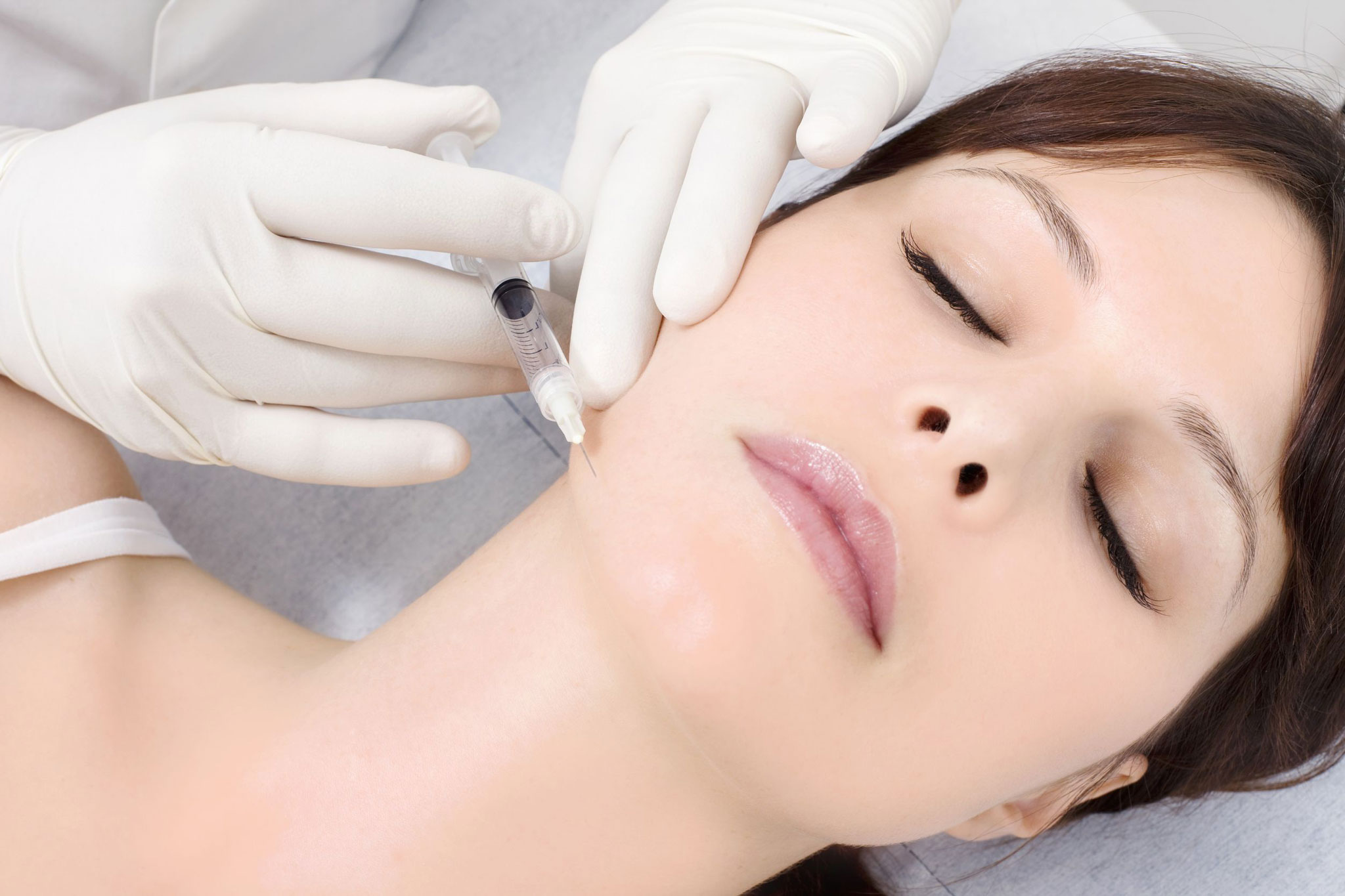Dermal Fillers
Hyaluronic Acid
Hyaluronic acid (HA) is a polysaccharide normally found in connective tissues of the body. It is produced by cells to play a number of key roles in the body, namely facilitating the cell-division process, makes the skin elastic and lubricating the joints. The body metabolises HA quickly, therefore cells need to produce a constant supply.
Approximately 56% of the body’s HA is found in the skin, and has the capacity to bind large quantities of water, absorbing 1000 times it’s weight. The dermis comprises a matrix of collagen and elastin fibers, in which a HA rich extracellular matrix is suspended. This environment offers resistance to compression and protects the underlying structures in the skin from physical damage. It also allows the skin to accommodate changes in shape and volume that occur when bones and joints move.
As the skin ages and it is exposed to oxidants, pollution and ultraviolet rays, the cells have a reduced ability to produce HA. The less accessible HA results in a diminished capacity to bind water, leading to loss of volume of the skin, wrinkle formation, fold formation and the characteristic signs of ageing.
Hyaluronic Acid Dermal Fillers
HA dermal fillers are used in aesthetic medicine to restore volume of face and body. They are made of stabilised non-animal HA from bacterial fermentation of Streptococcus equi strains.
The half-life of HA is less than 24 hours in the skin, therefore stabilisation of the molecule is essential to achieve a long-lasting dermal filler product. This stabilisation is achieved by cross-linking the HA, ensuring biocompatability with a low riks of inflammatory reactions and prolonged duration of effect.
Leading brands of HA dermal filler products include:
- Neauvea
- Stylage
- Teosyal
Treatment Areas
Dermal fillers may be used to treat various areas, including the face, neck, hands, and declollete.
The most commonly treated areas are:
- lips
- oral commisures
- peri-oral lines
- glabella lines
- horizontal brow lines
- cheek augmentation
- crows feet
- nose re-shaping
- temple
Side Effects
- Erythaema (redness)
- Swelling
- Discomfort
- Itching
- Bruising
- All of the above are common reactions and usually resolve within 2 – 3 days following injection. Most reactions are generally mild, however if symptoms persist, you will need to be reviewed
Contraindications
- women who are pregnant and breastfeeding
- hypersensitivity to any of the ingredients
| Dermal Fillers Price List | |
|---|---|
| From | £400 |
